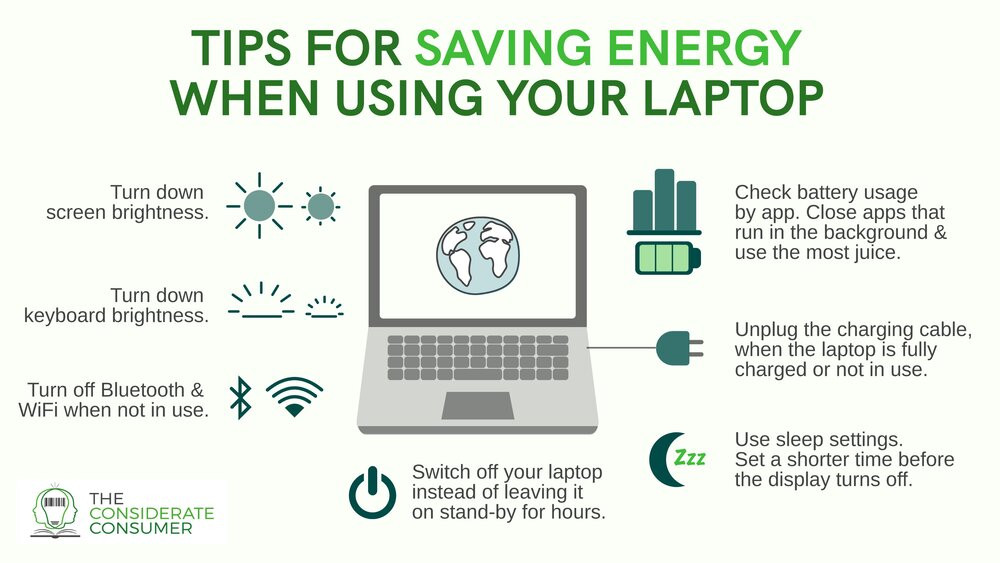The amount of carbon emissions that can be saved by purchasing a refurbished laptop instead of a new one depends on a variety of factors, such as the laptop's model, the laptop's age, and the laptop's energy efficiency. However, some estimates suggest that purchasing a refurbished laptop can save between 30% to 90% of the carbon emissions of a new laptop.
One reason for this is that producing a new laptop requires a significant amount of energy and resources, including the extraction of raw materials, the production of electronic components, and the transportation of materials and finished products. Purchasing a refurbished laptop reduces the demand for new notebooks and the need for new manufacturing processes.
Additionally, many refurbished laptops are updated with newer, more energy-efficient components, such as solid-state drives (SSDs) and low-power processors. This means that they consume less energy when in use, which can further reduce their carbon footprint.
Overall, purchasing a refurbished laptop is more sustainable than purchasing a new one, as it helps to reduce the demand for new manufacturing processes and saves significant carbon emissions. However, it's essential to ensure that the refurbished laptop is of good quality and has been adequately tested and refurbished before purchasing to ensure that it meets your needs and will last a reasonable time.









